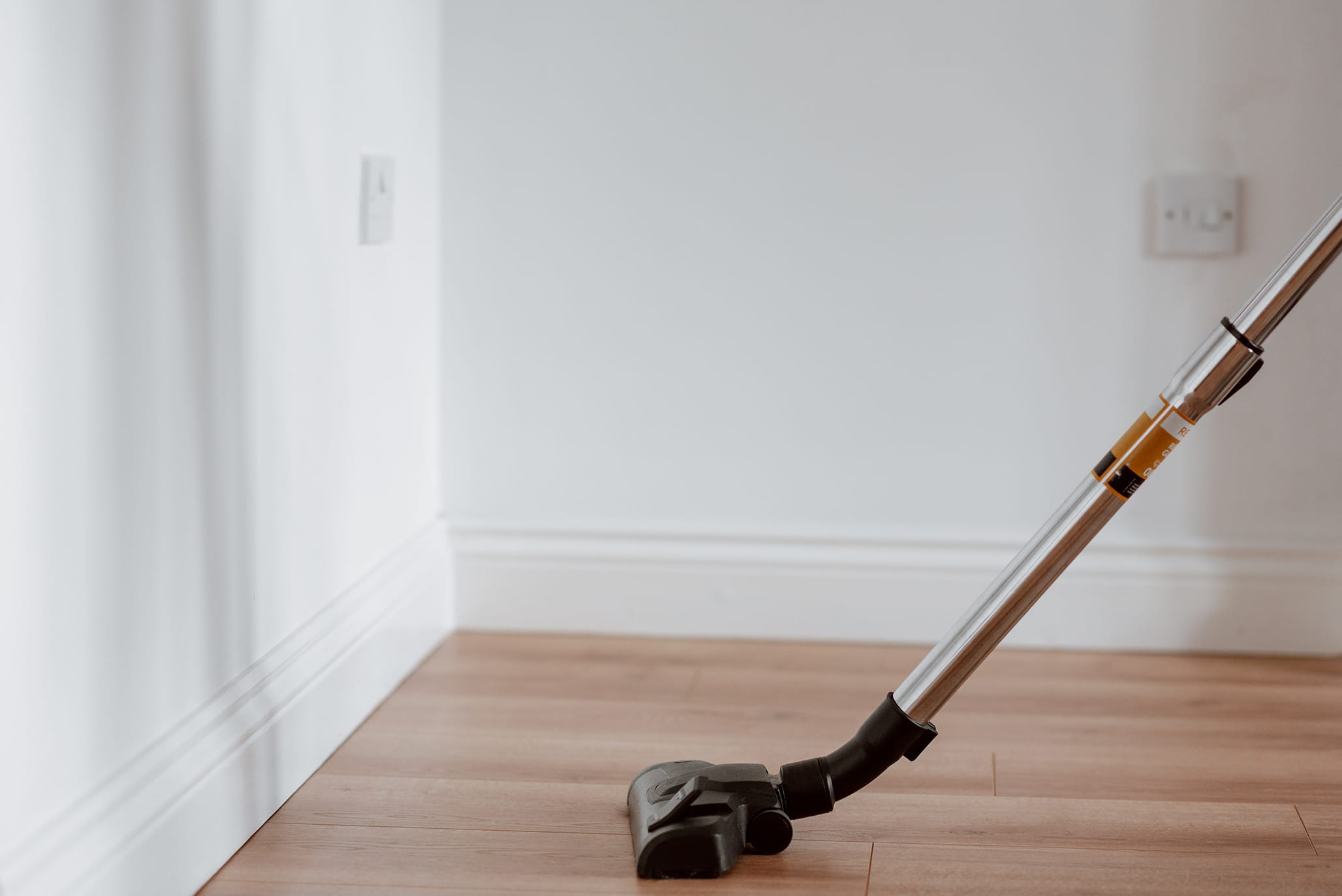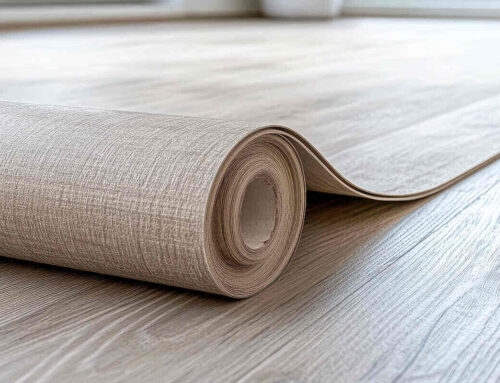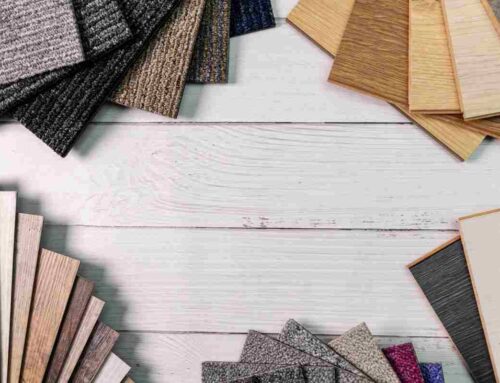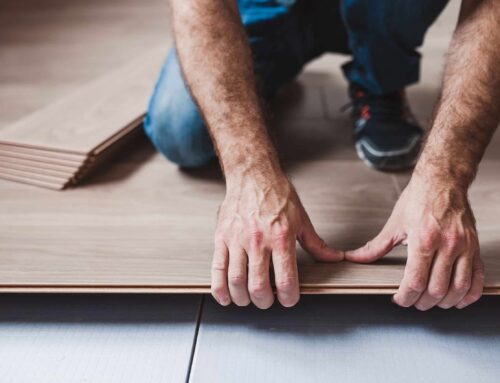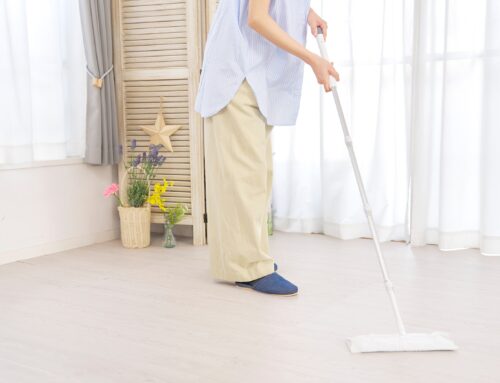Vinyl floors have long been a popular choice for homeowners due to their affordability, durability, and the wide array of styles they offer. However, to keep your vinyl floors looking their best and ensure they stand the test of time, it’s crucial to know how to clean and maintain them properly. Whether you’re a new vinyl floor owner or looking to refresh your cleaning routine, this comprehensive guide will be your go-to owner’s manual for maintaining pristine vinyl floors.
In this manual guide, we’ll discuss the essential techniques for cleaning vinyl floors effectively. We’ll cover the best cleaning methods and natural ways to make your vinyl floors shine without resorting to harsh chemicals. Additionally, we’ll provide expert tips on tackling stubborn stains, such as dye stains, which can be particularly challenging on vinyl surfaces.
For flooring-related concerns and queries, contact Yates Flooring in Chesapeake, VA.
Best Cleaning Practices for Vinyl Floors
In this section, you’ll learn how to clean vinyl floors, ranging from natural methods to cleaners. Continue reading if you’re wondering how to make your vinyl floor shine naturally.
Dry Mop or Vacuum Debris
Before introducing moisture to your vinyl floors, remove loose debris and dirt. A dry mop, dust mop, or flat mop is ideal. A soft broom can work, too. Ensure thorough cleaning by following these steps:
- Start with the corners, gradually working towards the center.
- Pay attention to areas along baseboards and under furniture.
- Sweep all dirt into a dustpan for easy disposal.
For added assurance, follow up with a vacuum cleaner designed for hard floors, ideally one that allows you to turn off the rotating brush or beater bar to prevent potential damage to your vinyl. Vacuum the room following the same path as your mop, ensuring a thorough clean. Remember to vacuum any cracks or gaps between vinyl planks if you have them.
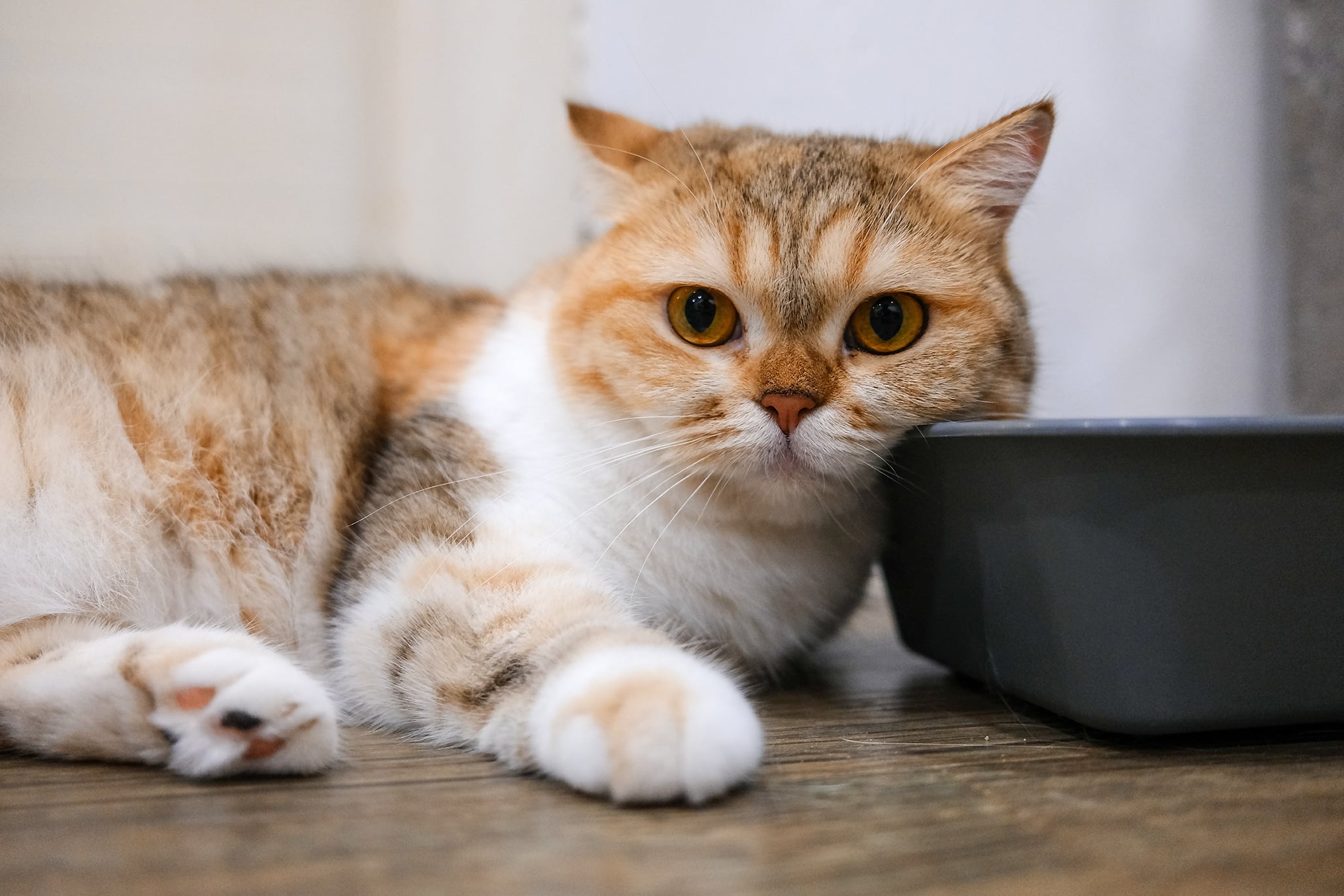
Purchase a Low PH Floor Cleaner
Opt for a vinyl-specific floor cleaner when using cleaning agents on your vinyl floors. Look for products with low pH levels explicitly designed for vinyl flooring—pH-neutral floor cleaners and distilled water can often effectively remove dirt and light stains. Remember to read the manufacturer’s instructions for the best results.
Be cautious not to oversaturate your vinyl floor with excessive water. While vinyl is water-resistant, it’s not entirely waterproof, especially older vinyl. Ensure that your mop or cloth is only lightly dampened to prevent issues like corner curling, bubbling, or blemishes. Avoid ammonia-based cleaners, highly abrasive scrubbers, bleach, and detergents, as they can damage your vinyl floors and leave unwanted marks.
Remove Stickiness Naturally with Vinegar
Vinegar is your go-to friend for a natural and effective cleaning solution. Follow these simple steps:
- Mix one cup of vinegar into one gallon of hot water.
- Dip your cleaning cloth or mop into this solution.
- Wring it out so it’s damp, not dripping wet.
- Mop your vinyl floor thoroughly.
Consider adding one or two drops of dish soap to the solution for extra cleaning power. However, ensure you rinse the floor well afterward to prevent slippery surfaces.
Add Baking Soda for Polishing
When dealing with stains on your vinyl flooring, it’s often best to start with gentle, natural methods to avoid harming the finish. For stain removal, you can use a baking soda paste:
- Combine water and baking soda to form a paste.
- Apply it to the stain with a soft rag.
- Gently rub until the stain lifts.
- Repeat if necessary.
- Remove any excess paste and wipe the area with a damp and clean cloth.
For additional cleaning, you can rinse the area with your water and vinegar solution. This combination effectively removes any remaining baking soda residue.
Lift Stubborn Spots with Rubbing Alcohol
After your initial cleaning routine, you may encounter scuff marks or stubborn spots on your vinyl floor. These can often be resolved with some simple methods:
- Use a melamine sponge or pad to buff out scuffs gently.
- Canned lubricants can also work. Their tiny straw allows for precision.
- Try buffing the scuff with a small amount of jojoba or olive oil.
- Rubbing alcohol, applied with a cloth, can also help remove scuffs.
After successfully removing scuffs, ensure the floor is safe by washing away residual oils with vinegar and water. You can remove crayons, ink, lipstick, paint, and dye stains from the vinyl floor by applying rubbing alcohol to the stain and scrubbing it with a brush. Don’t use hard-bristle brushes, steel wool, or more abrasive brushes because they can scratch the floor.
How to Avoid Damaging Your Vinyl Floors
If you want to ensure the longevity of your vinyl flooring, you need to take preventive measures to avoid damaging the surface. Here are additional tips on how to clean your vinyl floor to prevent damage:
Steer Clear of Wax
One of the cardinal rules for vinyl floors is to avoid wax-based products. Applying wax or wax-based cleaners may seem like a good idea to add shine, but it can have the opposite effect. Wax buildup can create a dull layer that diminishes the floor’s natural luster and attracts dirt and grime. Instead of wax, opt for vinyl-specific floor cleaners designed to enhance and maintain the floor’s appearance without causing buildup.
Stay Away from Ammonia
Ammonia-based cleaners can be harsh on vinyl floors. While ammonia is effective at cutting through grime, it can strip away the protective top layer of your flooring, leaving it vulnerable to discoloration and damage. Choose mild or pH-neutral detergents explicitly formulated for vinyl surfaces to clean your vinyl floors safely. These cleaners effectively remove dye stains and dirt from the vinyl floor without compromising the integrity of your floor.
Abstain from Using Abrasives
Abrasive tools and harsh scrubbers can damage your vinyl floors. Scratches and scuffs caused by abrasive materials are not easily repairable and can damage the appearance of your flooring permanently. When cleaning, avoid abrasive brushes, steel wool, or scouring pads. Instead, use soft microfiber cloths or mops that gently lift stains and dirt without harming the surface.
By following these essential tips, you can ensure the longevity and beauty of your vinyl floors. Proper maintenance and care will keep your floors pristine for years, providing an enduring and aesthetically pleasing foundation for your living space.
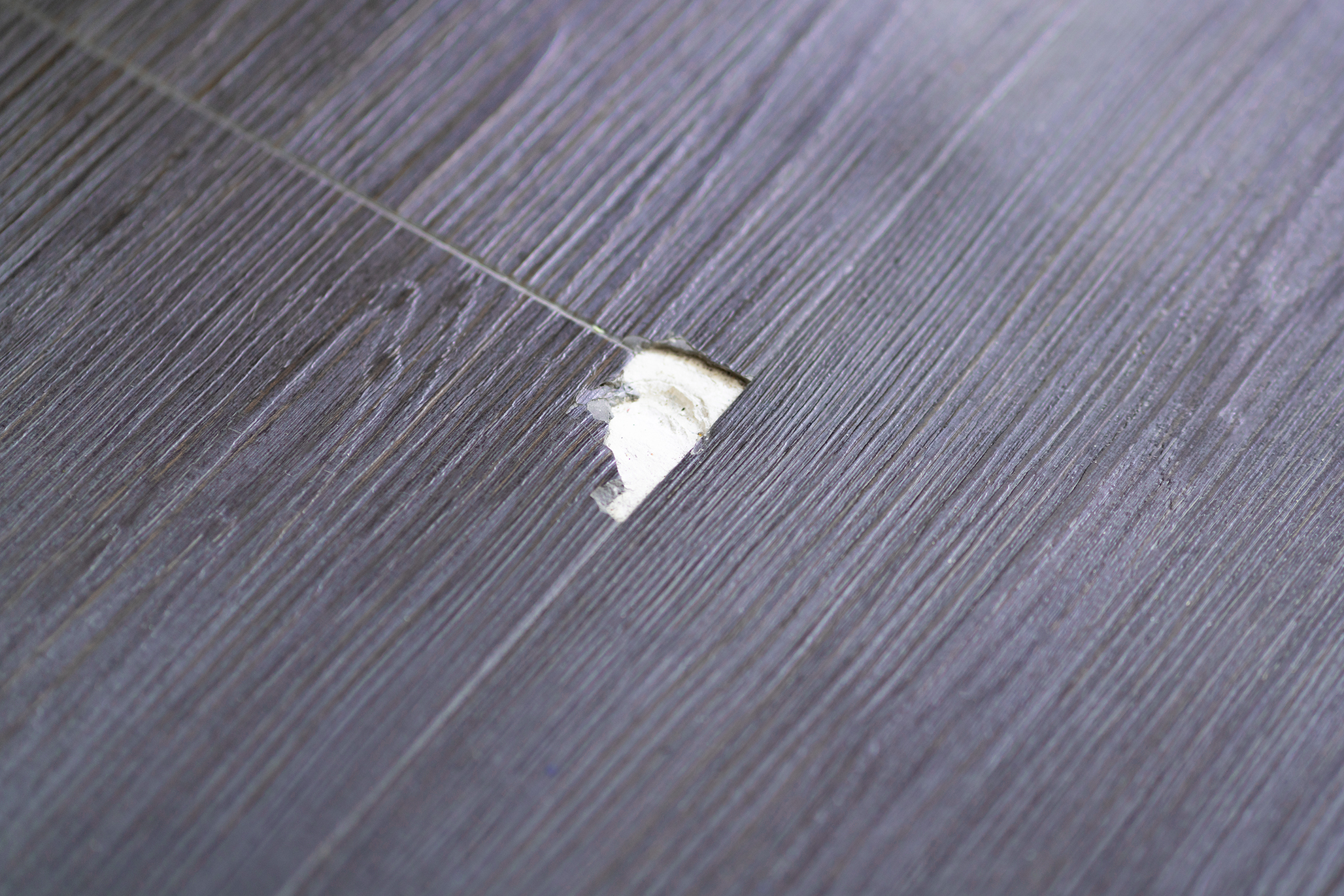
Protect Your Vinyl Floors
Vinyl floors are a popular choice due to their durability, but like any flooring, they require proper care and protection to maintain their appearance over time. Here are two essential strategies to safeguard your vinyl floors:
Soak Up Excess Moisture
Excess moisture can harm vinyl floors, causing swelling, warping, or adhesive damage. To protect your vinyl floors from moisture-related issues, promptly address wet spots and spills. Use a clean cloth or absorbent paper towel to blot and soak up any liquids. Avoid letting water or other liquids linger on the floor’s surface, as this can seep into edges and seams, leading to damage beneath the surface.
Additionally, during rainy seasons or when snow is being tracked indoors, consider placing sturdy doormats at entry points to capture moisture and prevent it from spreading throughout your home. Regularly check the mats and replace them if they become saturated to maintain their effectiveness in safeguarding your vinyl floors.
Use Rugs and Furniture Pads
Placing rugs and furniture pads strategically is an effective way to protect vinyl floors from scuffs, scratches, and dents. Rugs can be particularly beneficial in high-traffic areas or places prone to liquid spills, such as the kitchen. Opt for rugs with non-slip backings to ensure they stay in place and do not cause tripping and falling risks.
Furniture pads or glides are essential under heavy furniture pieces. These pads create a buffer between the furniture legs and the vinyl floor, preventing scratches and indentations. Be sure to periodically check and replace these pads if they become worn or damaged to maintain their protective function.
Don’t drag heavy furniture and equipment on the floor as it can mar, scratch, or nick the floor surface. Instead, lift the heavy items to prevent damage.
Want Vinyl Floors?
Experience the elegance and longevity of vinyl flooring with Yates Flooring in Chesapeake, VA. Our knowledgeable team can advise you on how to clean vinyl floors, achieve a natural shine, and effectively remove dye stains. Explore our extensive selection of interlocking vinyl planks, suitable for any room.
We offer vinyl floor installation and repair services to both residential and commercial clients. Upgrade your home or office with high-quality vinyl flooring from Yates Flooring today!
Contact us today to request a free quote.

